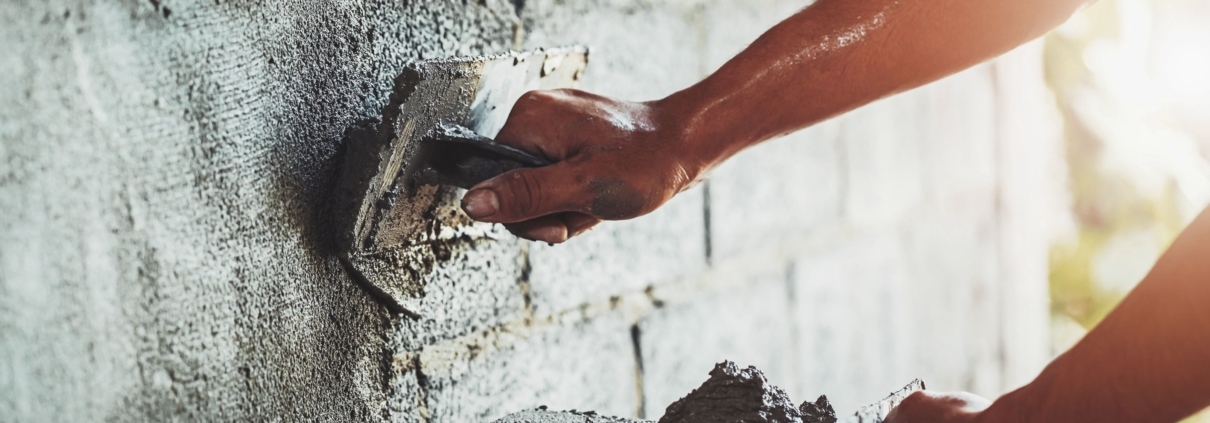Weep Holes: What Are Their Purpose and Impact in Masonry?
Ever noticed the small gaps around the exterior of a brick structure? You may be wondering for a long time now what they are. Those aren’t random gaps designed to mess with your head; there’s a term for those gaps, and they are actually built for a specific purpose.
Known as weep holes, these small gaps provide an opening to let the drainage of moisture. They are about the size of a mortar joint and are particularly designed to provide ventilation and allow the water to escape behind the masonry.
Why Are Weep Holes Important?
Too often, homeowners overlook the importance of weep holes. Some even think that these holes will just allow bugs and mice to infiltrate the property. To pacify homeowners’ fears, a ventilated plastic piece can be installed into the holes to prevent pests from making your brickwork their territory.
The reason why these weep holes matter is simple: water should be allowed to escape before it goes to the other areas of the house that may deteriorate eventually. Of course, nobody wants to experience water damage in their homes. It can result in repairs that can be costly.
How Are Weep Holes Installed?
Based on the Ontario Building Code‘s requirements, weep holes should be installed in the proper locations on all masonry. Weep holes that are spaced not more than 800 mm apart shall be placed at the bottom of cavity walls and air spaces in masonry veneer walls.
Types of Damage Caused by Incorrectly Installed Weep Holes
Damage that is associated with missing or improperly installed weep holes depends on its location. The following are some examples:
- Efflorescence
Without weep holes, water can accumulate behind the brickwork where there is no easy way to escape. It will soak through the brick’s exterior, and it will start to appear as efflorescence on the brickwork. You can try cleaning the efflorescence before it gets worse.
- Internal Water Issues
Water will find another way out if it’s not allowed to escape freely. It could flow towards the interior of your home. This is why weeping holes should be properly installed to avoid any water damage inside the house.
- Spalling Brickwork
Once efflorescence occurs, the brick may crack and peel off. In that case, brick replacement is needed. Any cracked masonry should be given proper attention, and you should find the root cause. One common reason is that weep holes have not been installed correctly.
- Bulging Bricks Above Door and Window
Bulging bricks above the door and window are often associated with a rusting lintel. It may seem that the water is causing pressure behind it. The only solution to solve it is by entirely removing the bricks, putting new lintel, and replacing new bricks properly.
Conclusion
Whether you are planning to build or purchase a new property, make sure to check the brickwork’s exterior if weep holes are present. It is also helpful to be aware of the damage that improperly installed weep holes can bring. Getting a professional masonry service will help you maintain the structural integrity of your home, so make sure to work with the right company.
If you’re looking for masonry services in Toronto, Red Robin Masonry is here to assist. Our professional masons are experienced, knowledgeable, and highly trained to provide clients with exceptional quality products and services. Contact us today!




Leave a Reply
Want to join the discussion?Feel free to contribute!